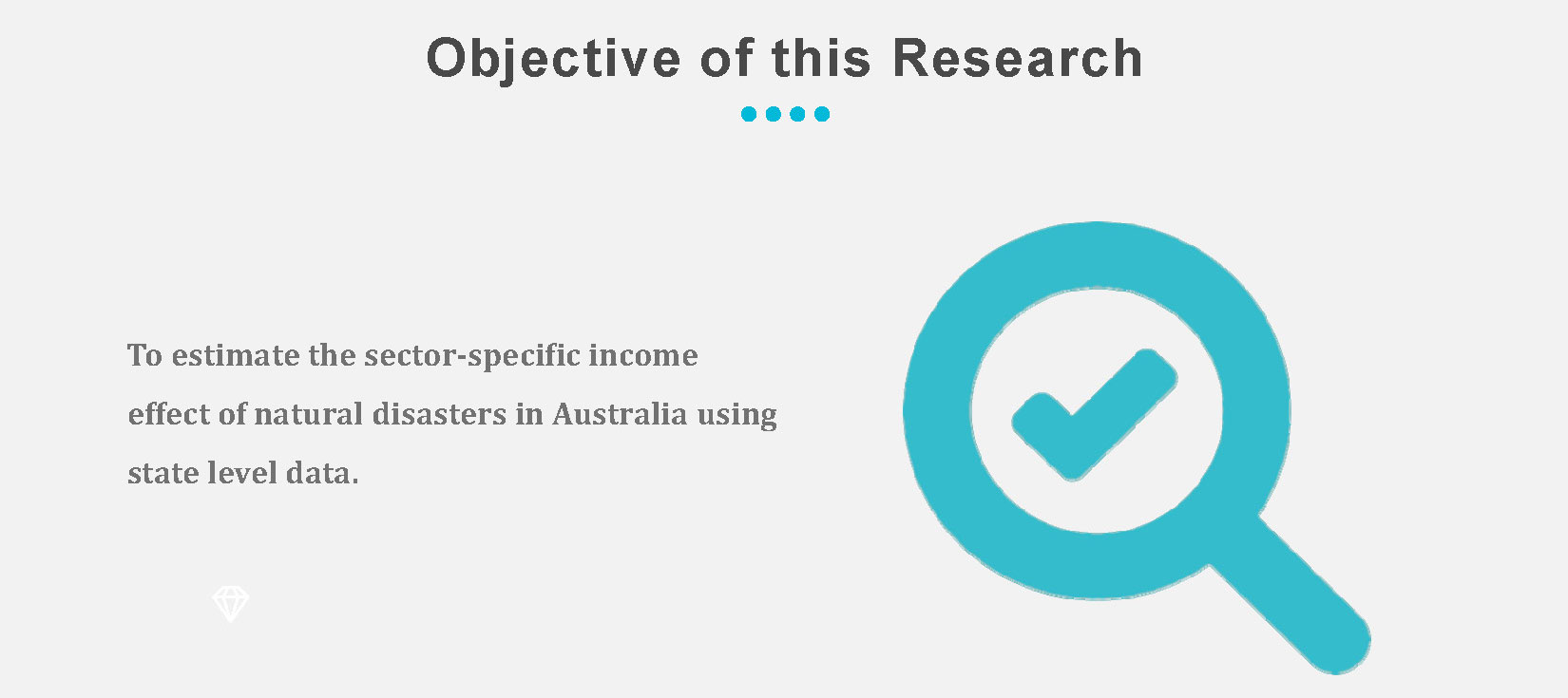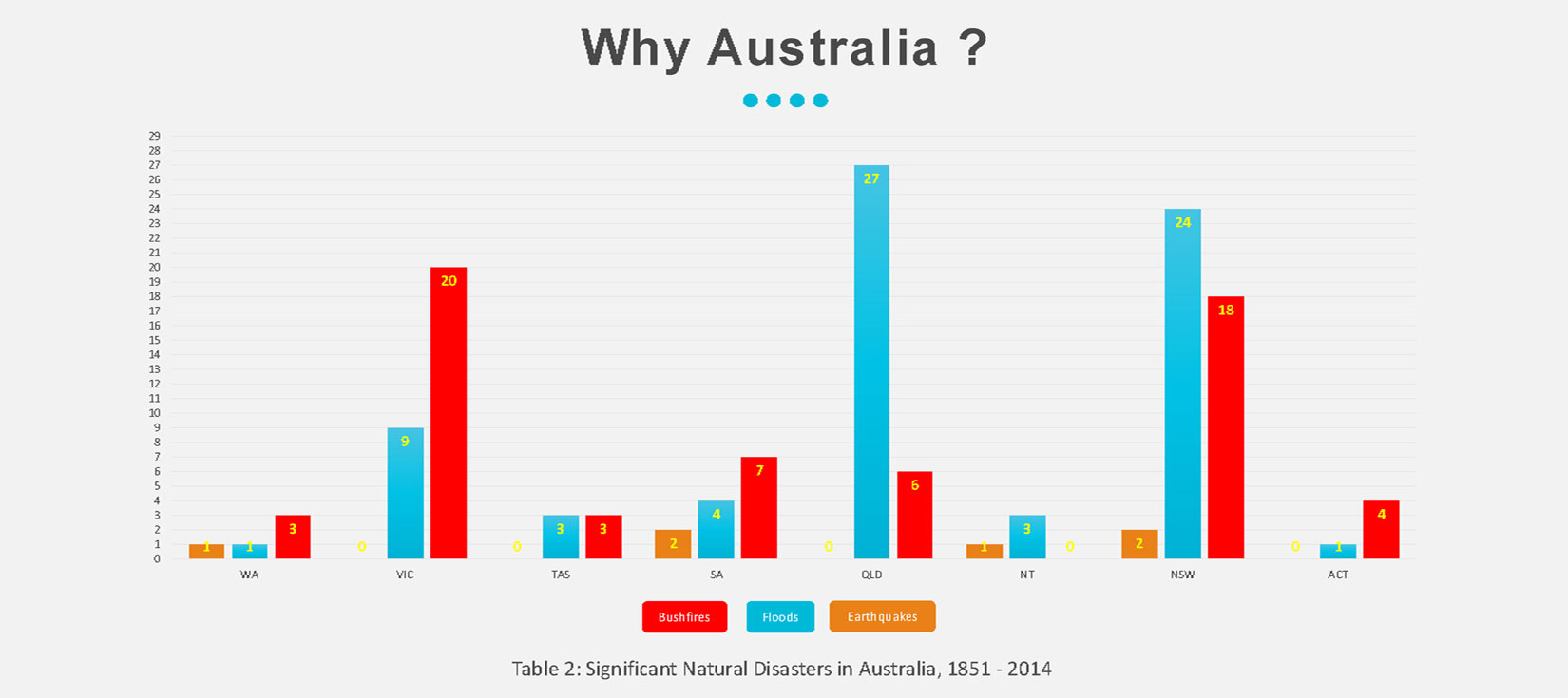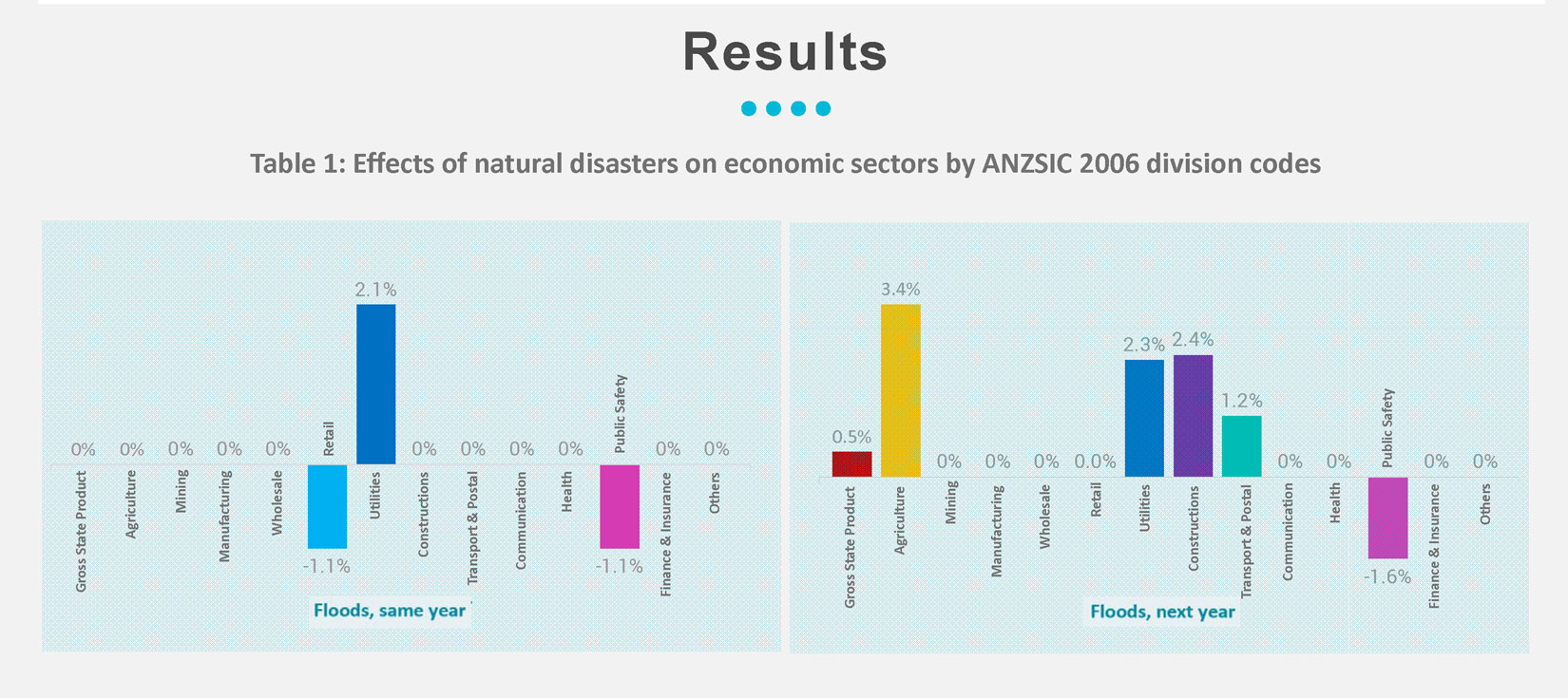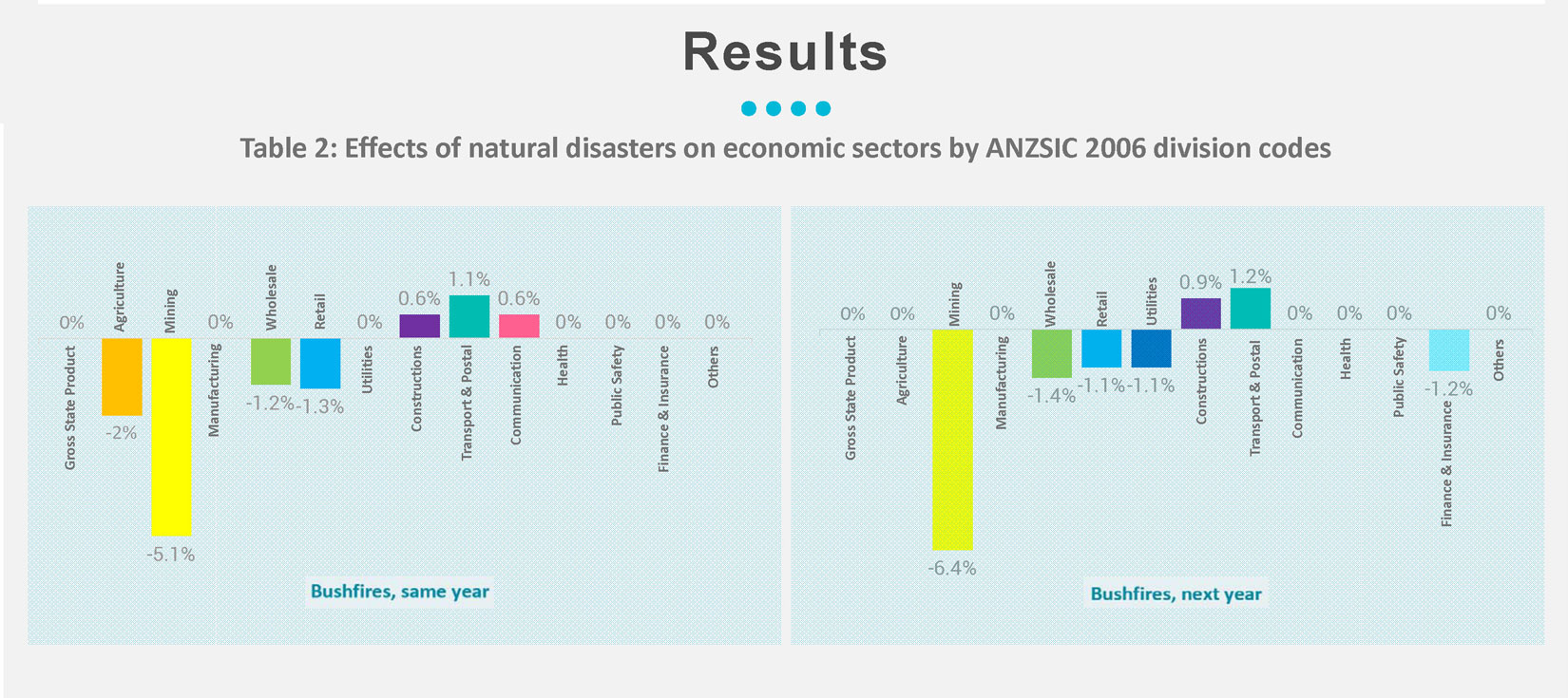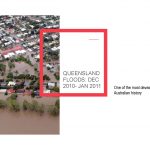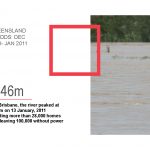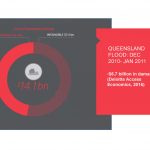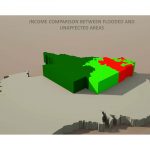Economics of Natural Disasters in Australia
Optimizing Post-Disaster Recovery Interventions in Australia
The Bushfire and Natural Hazards Cooperative Research Centre, Australian Federal Government

Funding amount: $560,000
Funding period: 2017-2020
Project Implemented by: Deakin University
Project Role: Project Leader and Chief Investigator
Project Team: Professor Mehmet Ulubasoglu and Dr Muhammad Habibur Rahman.
Project Description:The primary objective of this research project is to estimate the sector-disaggregated economic effects of the QLD Floods 2010-11, the Black Saturday Bushfires 2009, and Cyclone Oswald 2013 to support the decision-making process in the design of post-disaster recovery interventions.
In particular, the research aims to achieve the following three goals:
- To estimate the sector-specific economic effects of QLD Floods and Cyclone Oswald on firms, and of the Black Saturday Bushfires on individuals and firms;
- To develop a ranked list of the economic sectors that seek more attention for post-disaster resource allocation in minimising potential negative effects of natural disasters;
- To inform budget allocation decisions across economic sectors in both pre-disaster mitigation as well as post-disaster recovery phases.In its investigation, the research will place the microscope on the following key variables in the wake of disasters: i) at the individual level, income, employment-type (full-time, part-time), status of employment, and the number of working hours, all investigated with respect to the social vulnerability status of individuals (i.e., gender, age, income-level), and ii) at the firm level, the volume of output, revenue, profit, and employment, again all examined with respect to the vulnerability status of firms, such as small vs large enterprises.

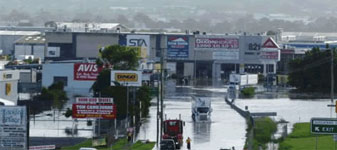
End Users
The project engages several end-users from various layers in the Australian Federal and State Governments, and benefits from their feedback with the purpose of providing a research output that could be utilised in informed decision-making. The project end-users include representatives from Emergency Management Australia within the Attorney General’s Department, Department of Environment, Land, Water & Planning, Victoria, Department of Environment, Water and Natural Resources, South Australia, and Queensland Reconstruction Authority.
Pre-Disaster Multi-Hazard Damage and Economic Loss Estimation Model
The Bushfire and Natural Hazards Cooperative Research Centre, Australian Federal Government

Funding amount: $525,000
Funding period: 2014-2016
Project Implemented by: Deakin University, University of Melbourne, Asian Disaster Preparedness Centre
Project Role: Project Leader (joint chief-investigator Prof Abbas Rajabifard, University of Melbourne)
Project Team:The project team is multi-disciplinary and comprised by researchers from Deakin University, the University of Melbourne, and Asian Disaster Preparedness Centre.
Project Description:The emergency response system in Australia has proven to be effective in saving lives but the mitigation and preparedness phases in disaster risk reduction appears to be less successful in minimising the adverse economic impacts of natural disasters.
This project investigates, at the national level, the economic impact of natural disasters on sectoral growth of the Australian economy.
At the state level, it assesses the income and employment effects of the 2010-11 Queensland Floods using person level data. This analysis will shed light on the optimum economic policy options that could be adopted by the emergency management system in recovering or minimising the adverse effects of natural disasters.
The specific sectors for which economic growth impact of natural disasters are being considered include 19 sectors in the National Accounting System of Australia – agriculture, forestry and fishing; mining; manufacturing; food, beverage and tobacco products ; electricity, gas, water and waste services; construction; wholesale trade; retail trade; accommodation and food services; transport; media and telecommunications; financial and insurance services; rental, hiring and real estate services; professional, scientific and technical services; administrative and support services; public administration and safety; education and training; health care and social assistance; arts and recreation services; and other services.
End Users
The project engages several end-users from various layers in the Australian Federal and State Governments, and benefits from their feedback with the purpose of providing a research output that could be utilised in informed decision-making. The project end-users include representatives from Department of Environment, Water and Natural Resources, South Australia, Attorney General’s Department, Geoscience Australia, NSW Rural Fire Service, SA Rural Fire Service, and Country Fire Authority.
For more, see http://www.bnhcrc.com.au/research/economics-policy-and-decision-making/231
Economics of Natural Disasters in Asia
ADPC PROJECT

AIR WORLDWIDE PROJECT
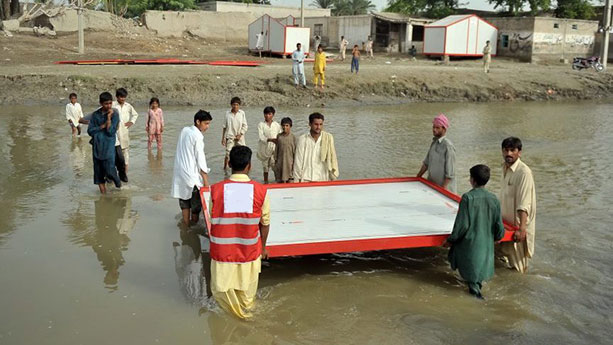
APN PROJECT









